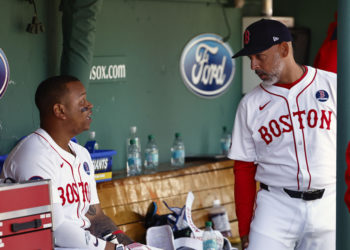
Graphic House/Getty Images
War, drugs, and racial tensions set the stage for the summer of 1967.
From frustrations with the handling of the Vietnam War to discontent with the consumerist culture that had evolved in American society, young people were looking for an alternative way of living.
With the largest generation in history up to that point — the baby boomers — entering their teenage and young adult years, 1967 saw a drastic wave of political and social movements expanding from racial justice to female and LGBTQ+ rights.
One of those movements took place in the Haight-Ashbury district of San Francisco, where an estimated 75,000 young people gathered looking for the values of freedom, peace, and love spread by hippies.
These vintage photos show how young people lived during the rise and fall of the hippie summer of 1967, deemed the “Summer of Love.”
Held in January 1967, San Francisco’s Human Be-In event was a precursor to the Summer of Love.
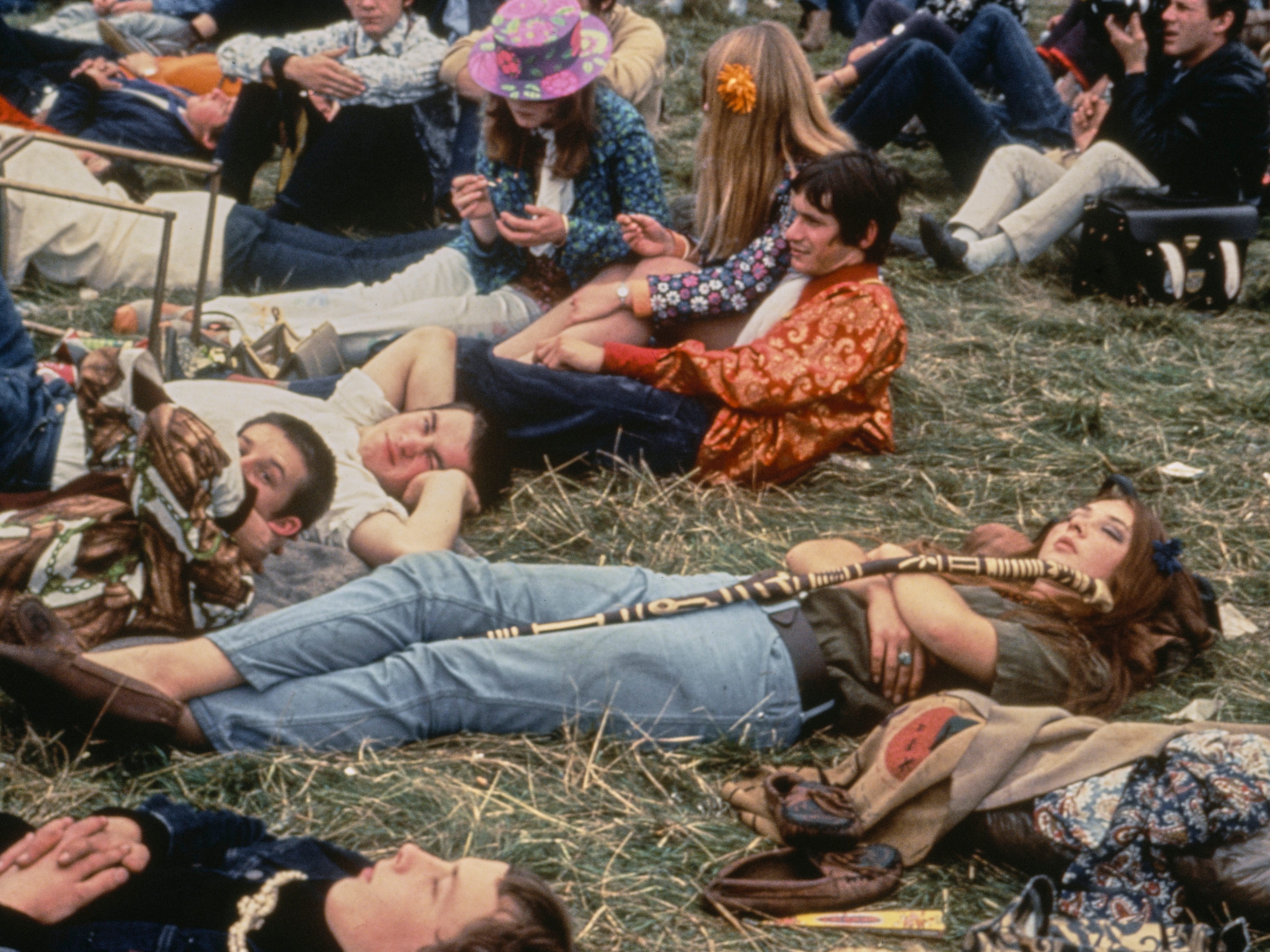
Archive Photos/Getty Images
The Human Be-In event took place in San Francisco’s Golden Gate Park on January 14, 1967, and is considered a key moment that led to the Summer of Love.
Featuring counterculture figures including psychologist and psychedelic-drug advocate Timothy Leary and writer Allen Ginsberg, the event drew as many as 30,000 attendees, who gathered to meet like-minded young people, play music, dance, recite poetry, and in many cases trip out on psychedelics.
It would inspire later iterations, such as the Colorado Human Be-In in July 1967.
The movement began in the Haight-Ashbury district of San Francisco.
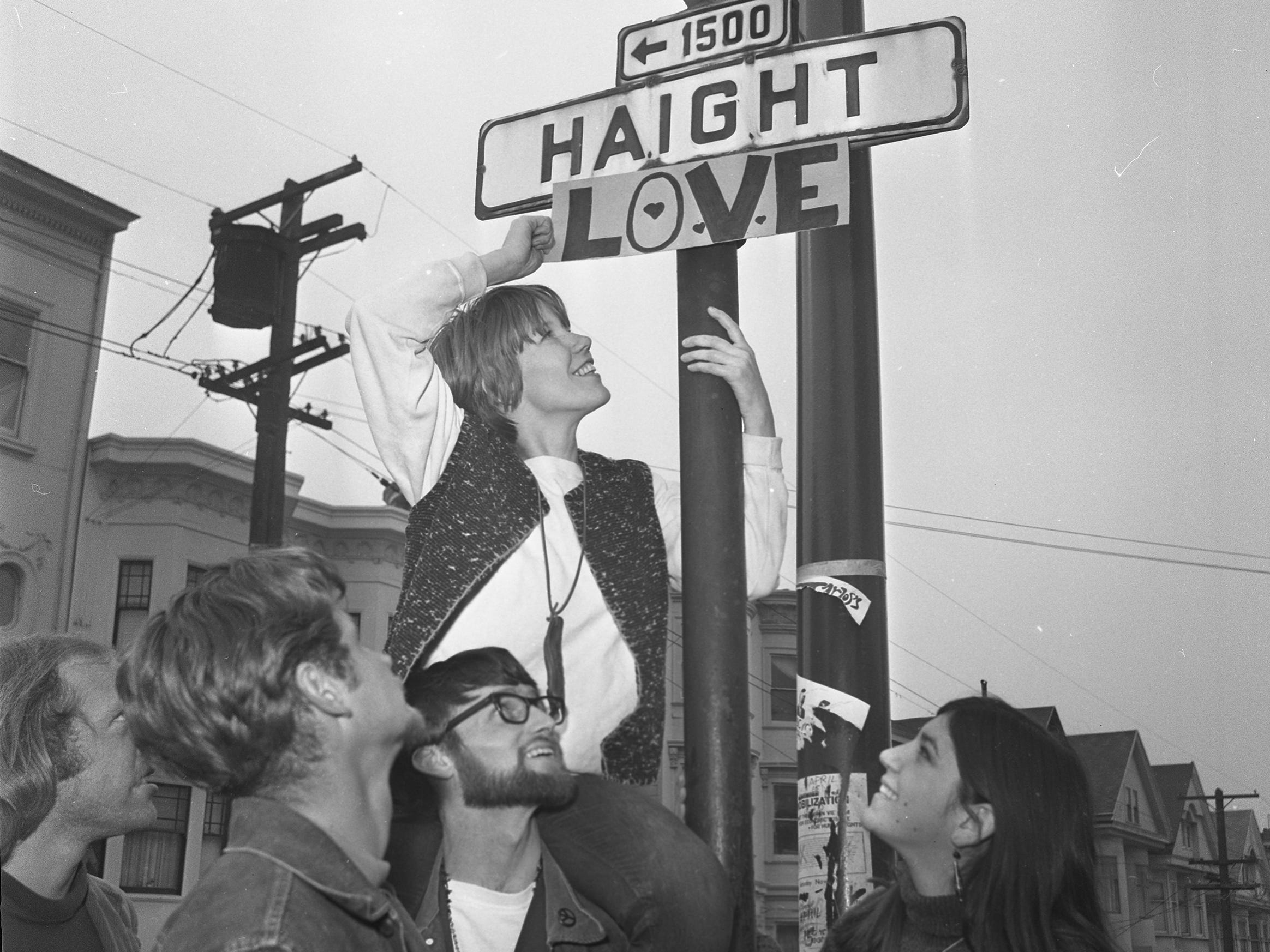
The San Francisco Chronicle via Getty Images
By spring break in 1967, young people began to flock to the Haight-Ashbury district in San Francisco. From dropout high school and college students to runaway minors, they began to fill the streets in what became a never-ending gathering.
Some 75,000 people gathered in the city that summer, per Vanity Fair.
The Summer of Love was defined by a strong ideological movement.

Michael Ochs Archives/Getty Images
While masses would gather at music events and bond over their shared love for rock bands, the most significant part of the summer was the political movement that spread across the country and drew young people to the West Coast.
With some members of a historically large generation — the baby boomers — entering their teenage years in 1967, the youth movement rapidly gained momentum.
The hippie culture that erupted in the Haight-Ashbury district held an anti-war stance and preached about peace and love as a new way of life. They stood against consumerism and were distrusting of the government, setting up free shops and clinics within the district.
Some of the largest gatherings happened at music festivals headlined by acts like the Grateful Dead and Jimi Hendrix.
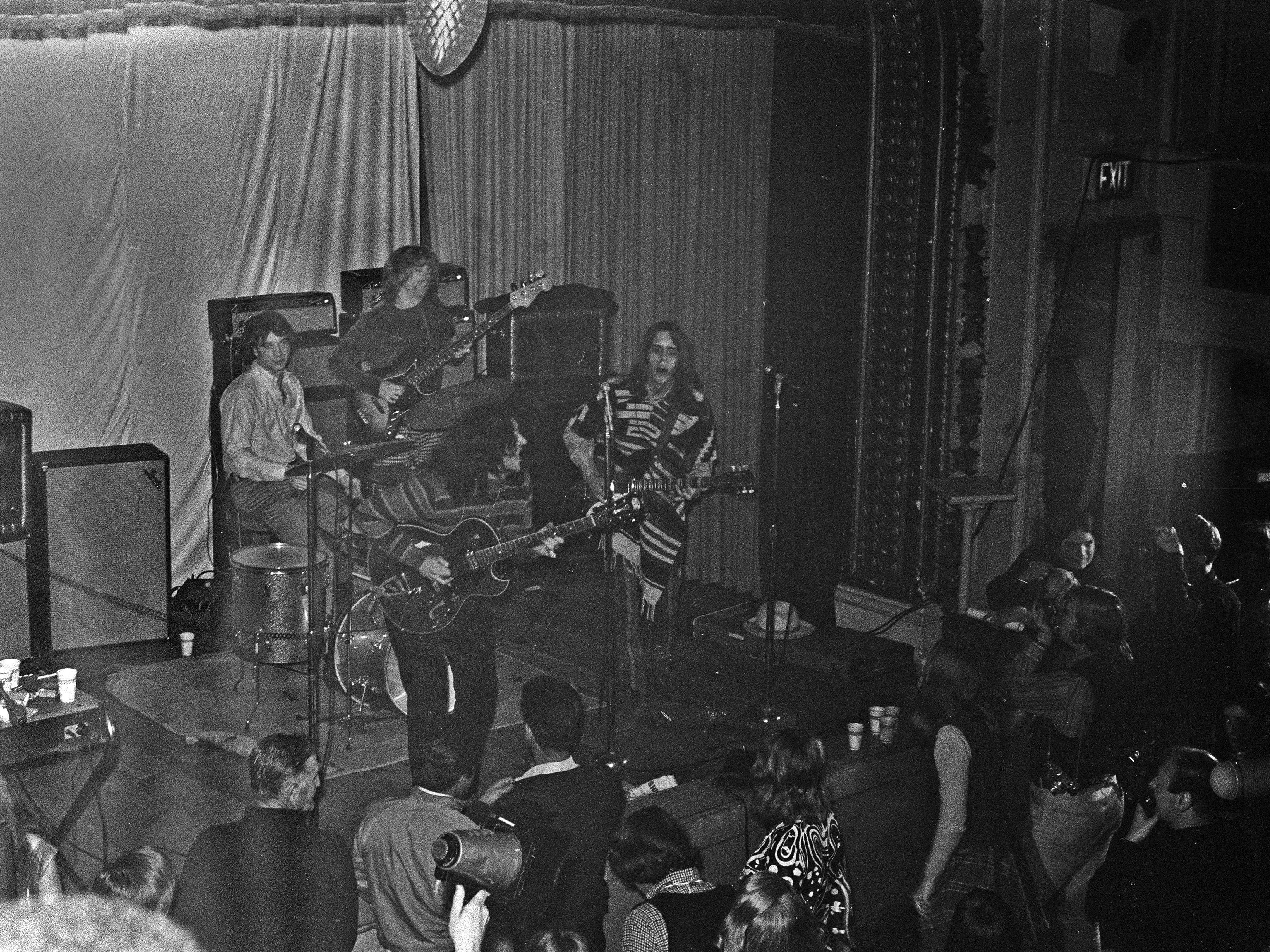
Michael Ochs Archives/Getty Images
At some of the summer’s most populous events, like the Fantasy Fair and Magic Mountain Music Festival and the Monterey Pop Festivals, up to 60,000 people gathered to hear acts like the Who, Otis Redding, the Grateful Dead, the Mamas & the Papas, Jefferson Airplane, and Janis Joplin play live.
With thousands of hippies traveling from other states for the music festivals, California became the center of one of the largest cultural exoduses in American history. PBS reported that it was “the largest migration of young people in the history of America.”
That summer, The Beatles released “Sgt. Pepper’s Lonely Hearts Club Band,” a soundtrack of the scene.
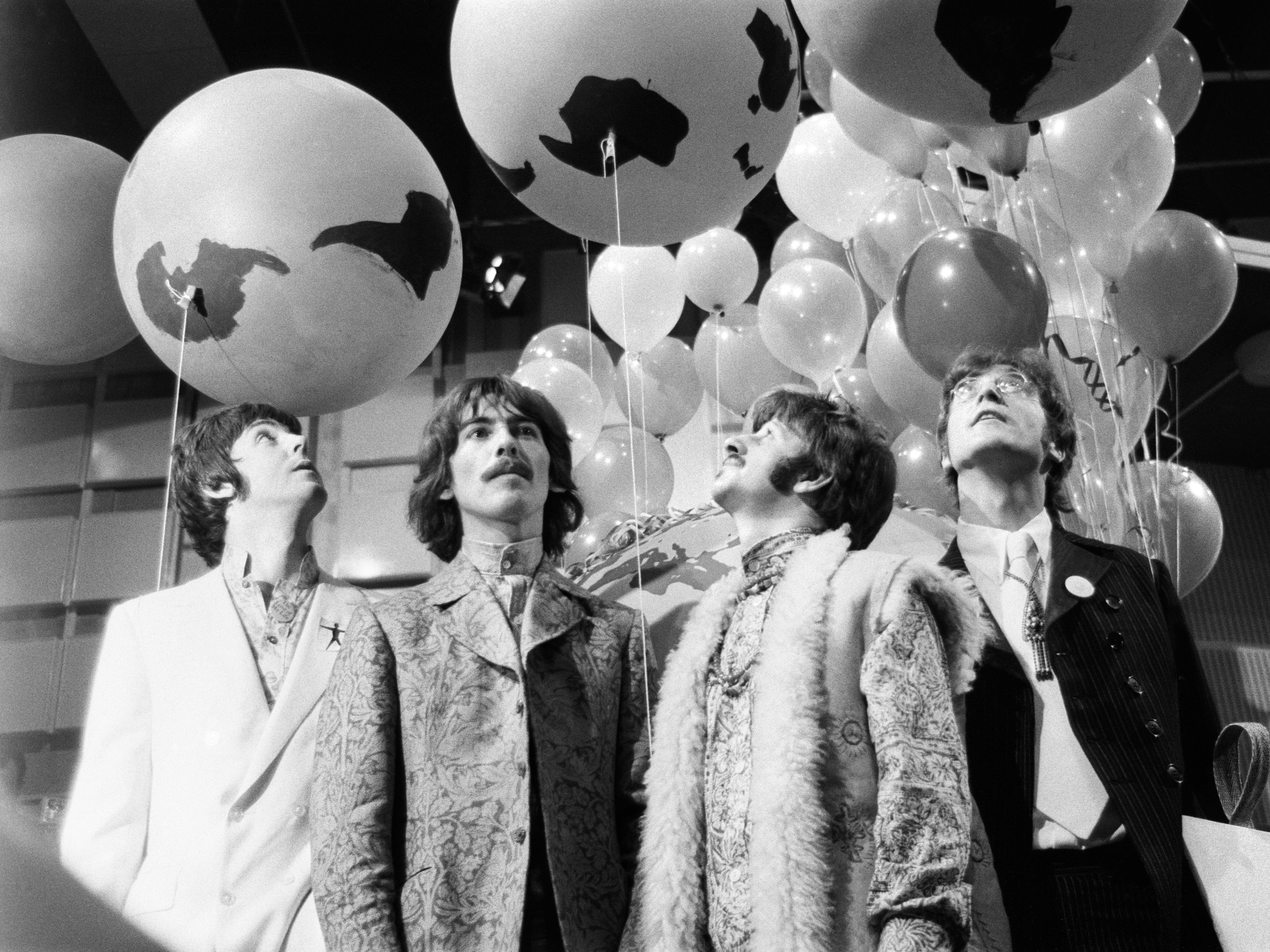
Mirrorpix/Mirrorpix via Getty Images
Encapsulating the spirit of the times, which was influenced by the growing popularity of psychedelic drugs like LSD and psilocybin, The Beatles released their eighth studio album, “Sgt. Pepper’s Lonely Hearts Club Band.”
The album was released on May 26, 1967, ahead of the Summer of Love. With lyrics speaking of peace, love, and surrealism, it resonated with the growing hippie communities in the US and Europe.
Use of psychedelic drugs was widespread and a significant element of the movement.
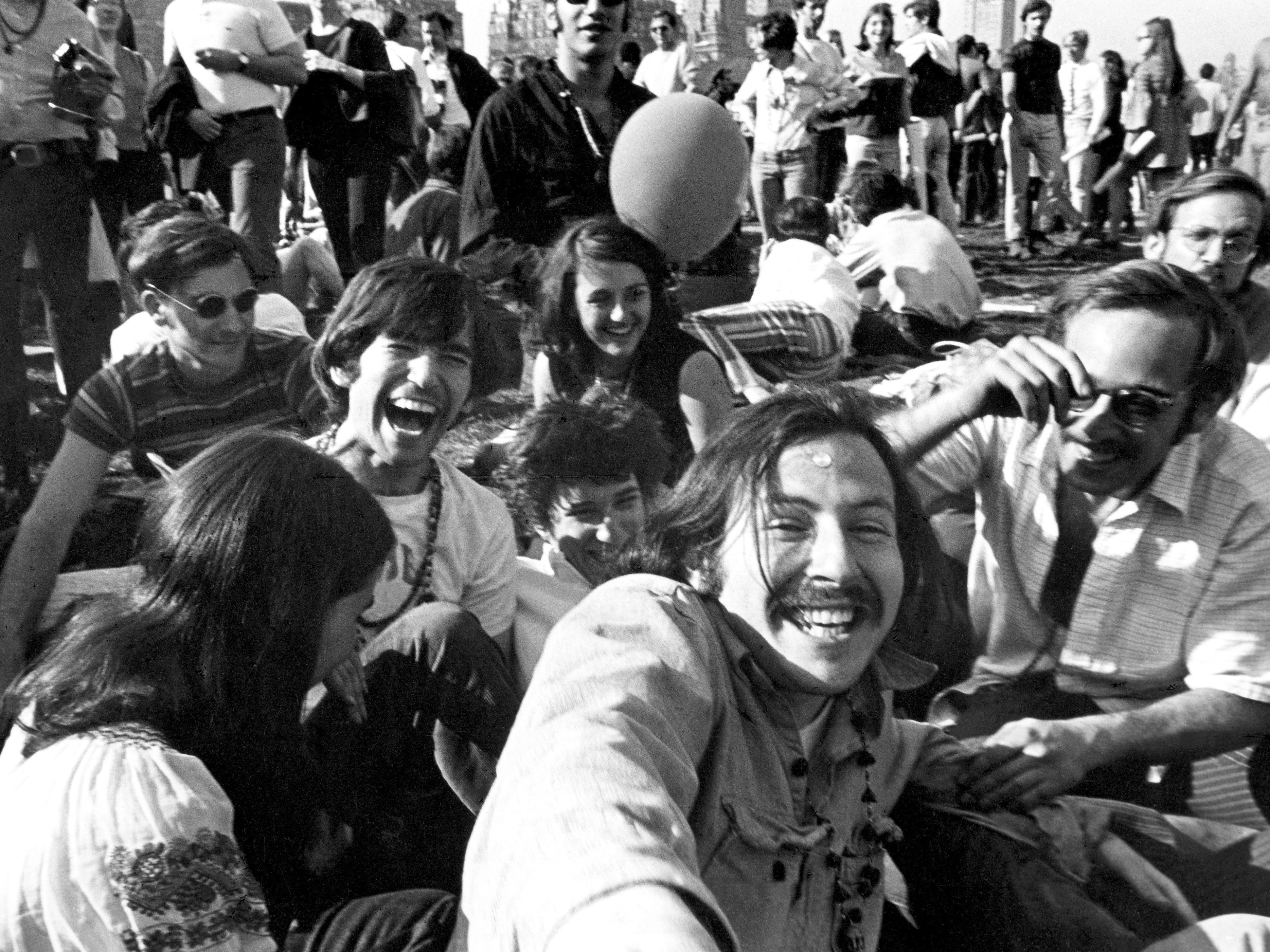
Robert Altman/Michael Ochs Archives/Getty Images
Discovered in 1943, the synthetic psychedelic drug LSD became a defining element of the Summer of Love.
Psychologist Timothy Leary was an advocate for psychedelic drug use and research. His speeches, which encouraged young people to “turn on, tune in, drop out,” became a mantra through which the hippie youth shaped their spiritual experimentation, aided by the drugs.
Protesters often faced police resistance.

Robert Altman/Michael Ochs Archives/Getty Images
Mass protests across the country, whether it was spreading the hippie ideals of peace and love, or rejecting racial injustice, popped up in major cities like New York, Detroit, Los Angeles, and Washington, DC.
Local authorities were overwhelmed by the thousands of young people migrating to San Francisco. On March 24, 1967, a headline ran in the San Francisco Chronicle announcing the mayor’s “war on hippies.” Despite the authorities’ opposition to the movement happening in the Haight-Ashbury, the hippies ultimately outnumbered them.
Meanwhile, in Detroit and Newark, New Jersey, people were protesting racial injustice.

Three Lions/Getty Images
While the hippie youths gathered in California, the greater Civil Rights Movement continued spreading in the Northeastern states, where thousands protested the racism that persisted after the passage of the Civil Rights Act in 1964.
The riots peaked during what became known as the “long hot summer of 1967” in cities including Detroit and Newark, over issues including police brutality and racial injustice.
The riots, which went on for days at a time, often saw the involvement of the US National Guard and Army troops, which heightened tensions. On July 24, 1967, President Lyndon B. Johnson invoked the Insurrection Act to help suppress riots in Detroit.
Hippies and draft dodgers began seeking refuge in communes separate from the rest of society.
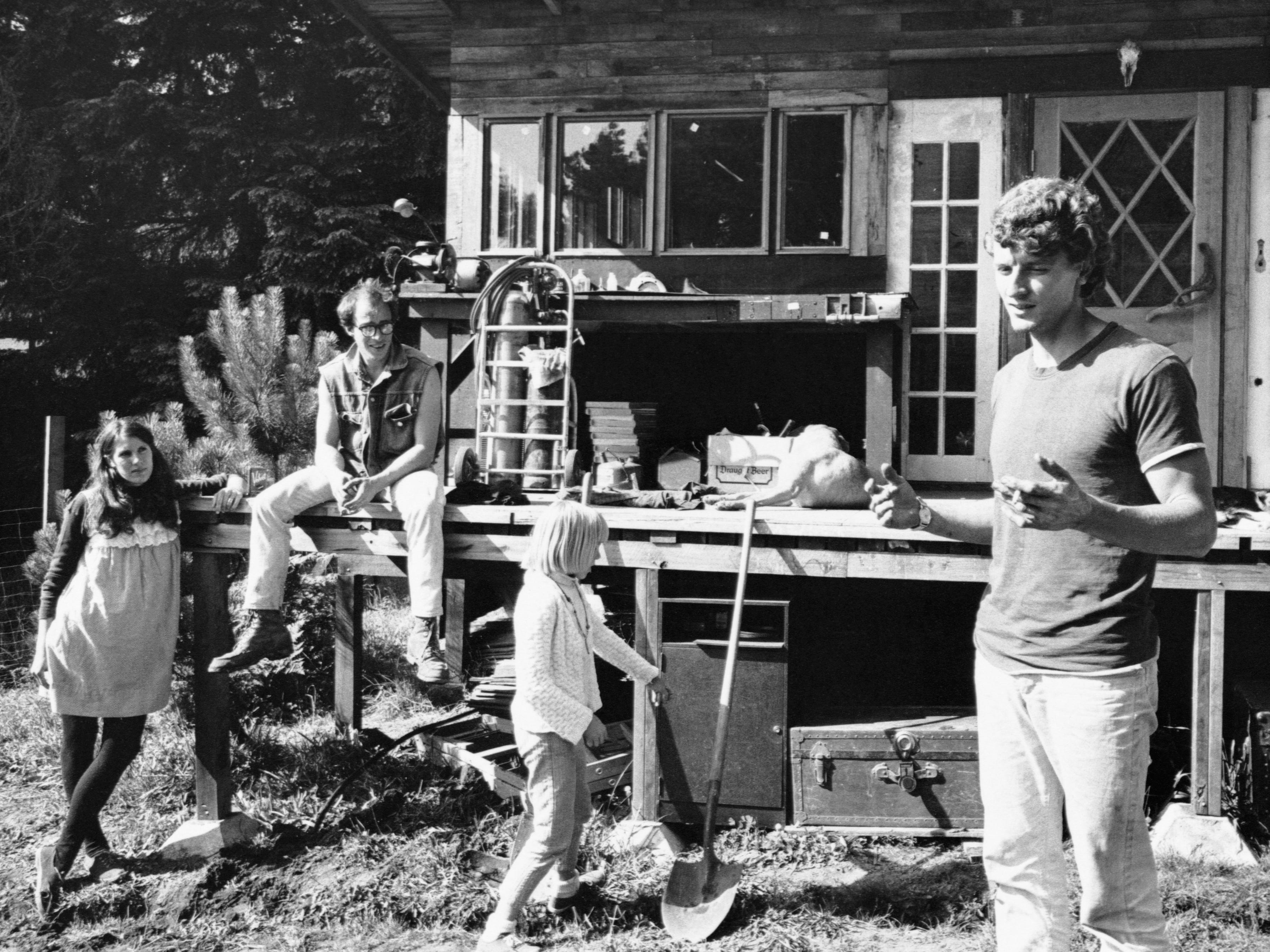
Ted Streshinsky Photographic Archive/Corbis via Getty Images
Seeking to escape the authority of the US government and the structure of life they saw as damaging to society, many hippies — among them, Vietnam draft dodgers — moved to rural communes, where they could live outside commercialism.
Preaching self-reliance, these communes aimed to “return to the land.”
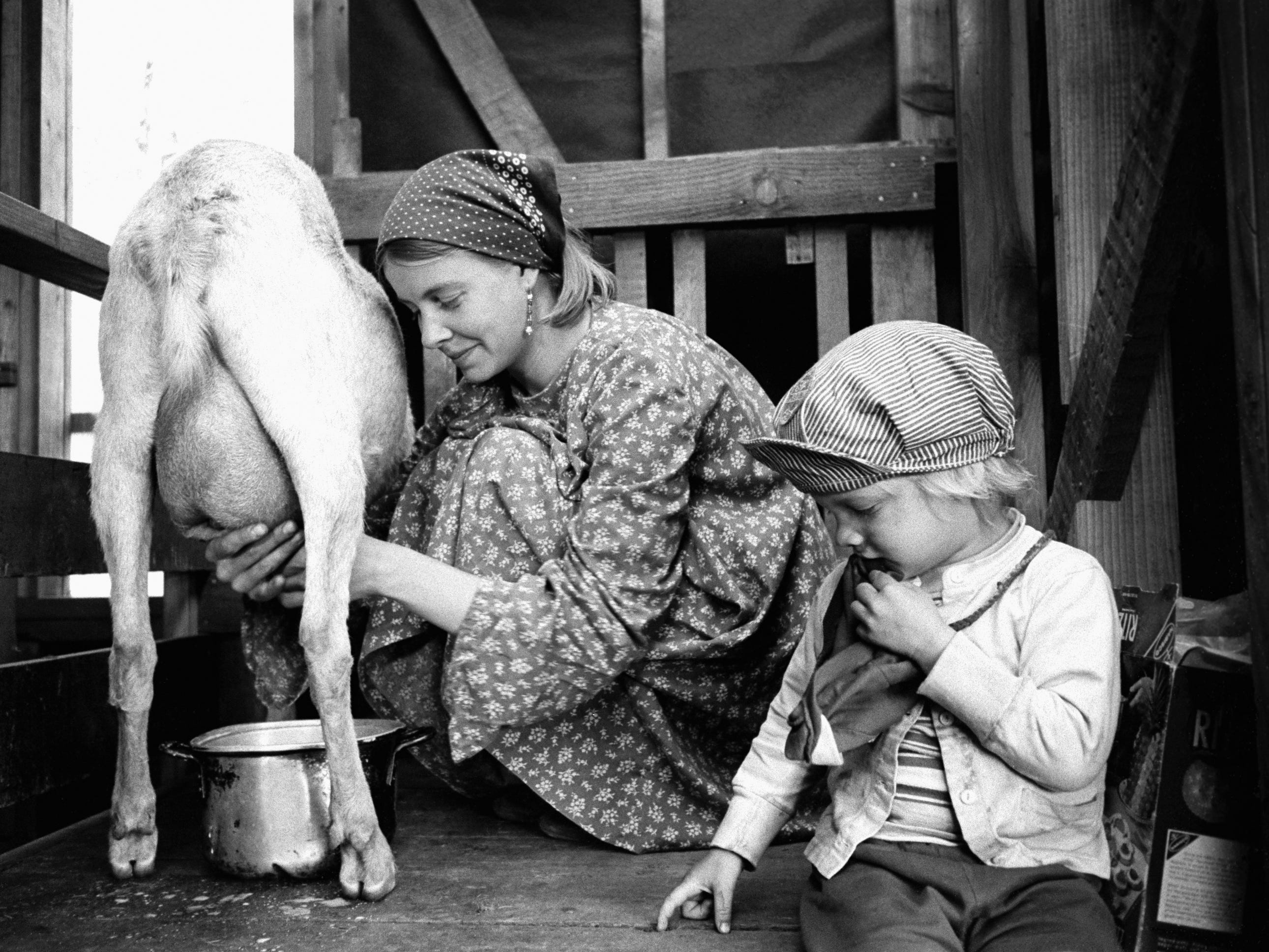
Ted Streshinsky Photographic Archive/Corbis via Getty Images
The “back-to-the-land” movement in 1967 focused on a detachment from power structures rather than revolting against them.
Self-reliance through independent farming led to the rise of organic food, vegetarianism, and holistic medicine, as reported by History.com.
But not everyone’s commitment to the movement endured, and by fall, some began to return home.
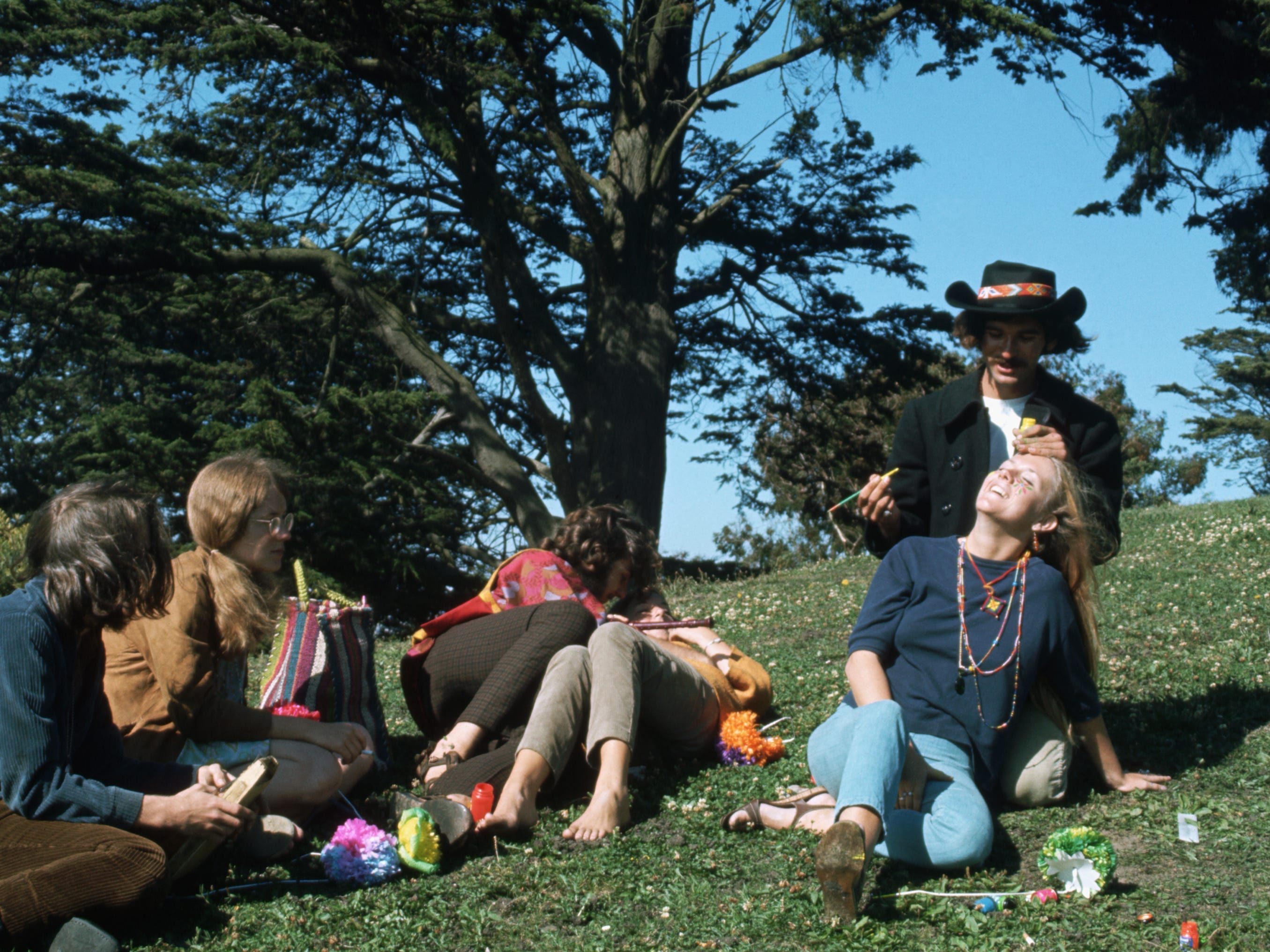
Ted Streshinsky Photographic Archive/Corbis via Getty Images
The far-reaching impact of the “Summer of Love” was partly due to mass media representation of the movement, including a Time cover dedicated to the hippies.
Over the course of the summer, the movement achieved dominance in the music charts, with songs like “San Francisco (Be Sure to Wear Flowers in Your Hair)” by Scott McKenzie spreading the idea of a cultural movement promoting love taking place in San Francisco.
By the peak of the summer, Haight-Ashbury had become a hot spot not only for young people seeking to connect with like-minded souls but also for tourists wanting to witness the crowds that had taken over the city.
However, as the summer came to an end and the new school year started, young people began leaving, with some returning to their work or studies.
The “Summer of Love” ended with a symbolic funeral.

San Francisco Chronicle/Hearst Newspapers/Hearst Newspapers via Getty Images
On October 6, 1967, a mock funeral was held in the Haight-Ashbury district. The deceased? “Hippie, devoted son of Mass Media,” read flyers around the city.
The event was meant to give an official end to the “Summer of Love” in San Francisco that had become plagued by addiction, per the University of California San Francisco.
“We wanted to signal that this was the end of it, to stay where you are, bring the revolution to where you live and don’t come here because it’s over and done with,” Mary Kasper, who organized the event, told PBS, as reported by the Saturday Evening Post.
The post Vintage photos show how people lived, partied, and protested during the ‘Summer of Love’ appeared first on Business Insider.




